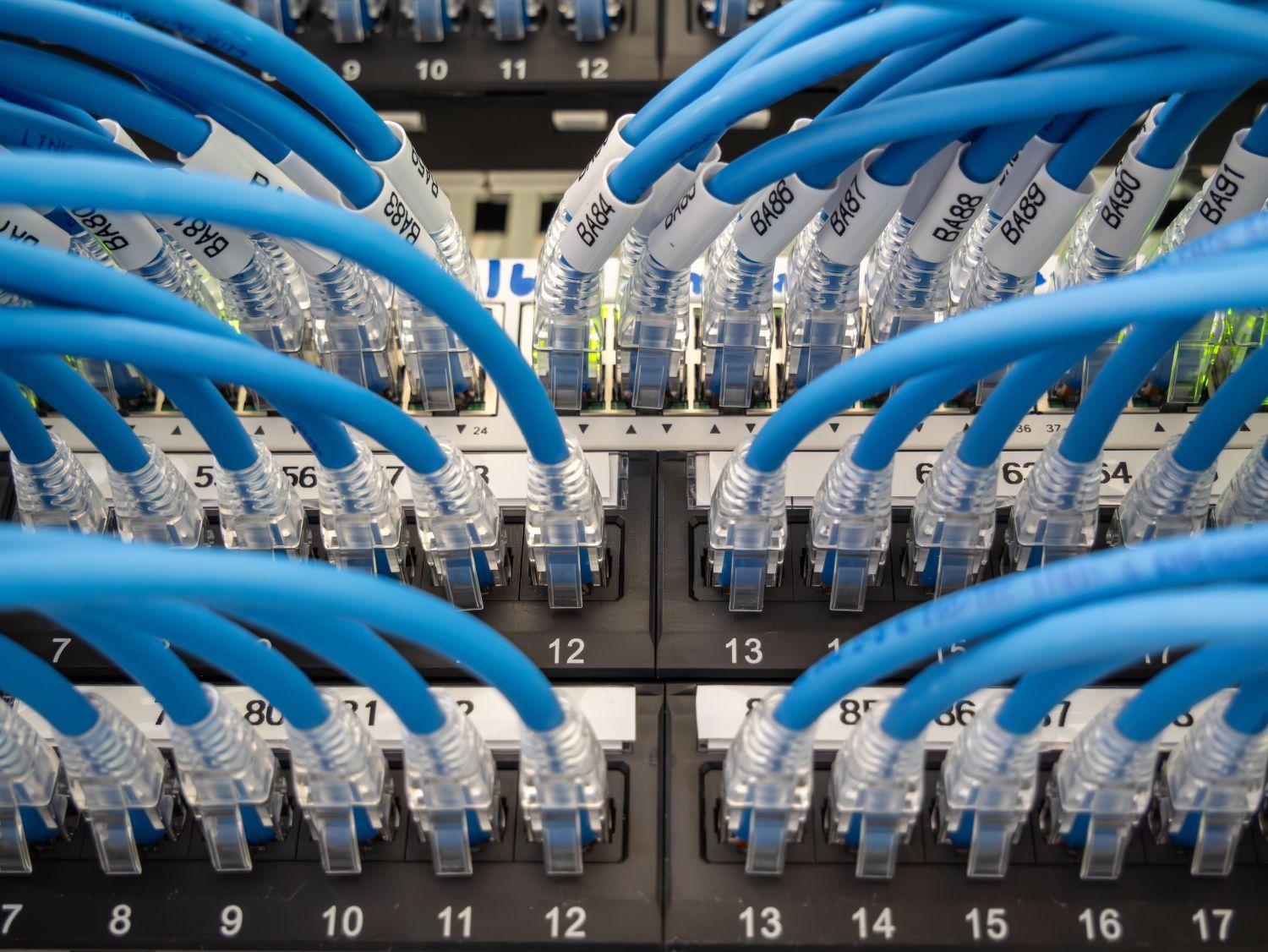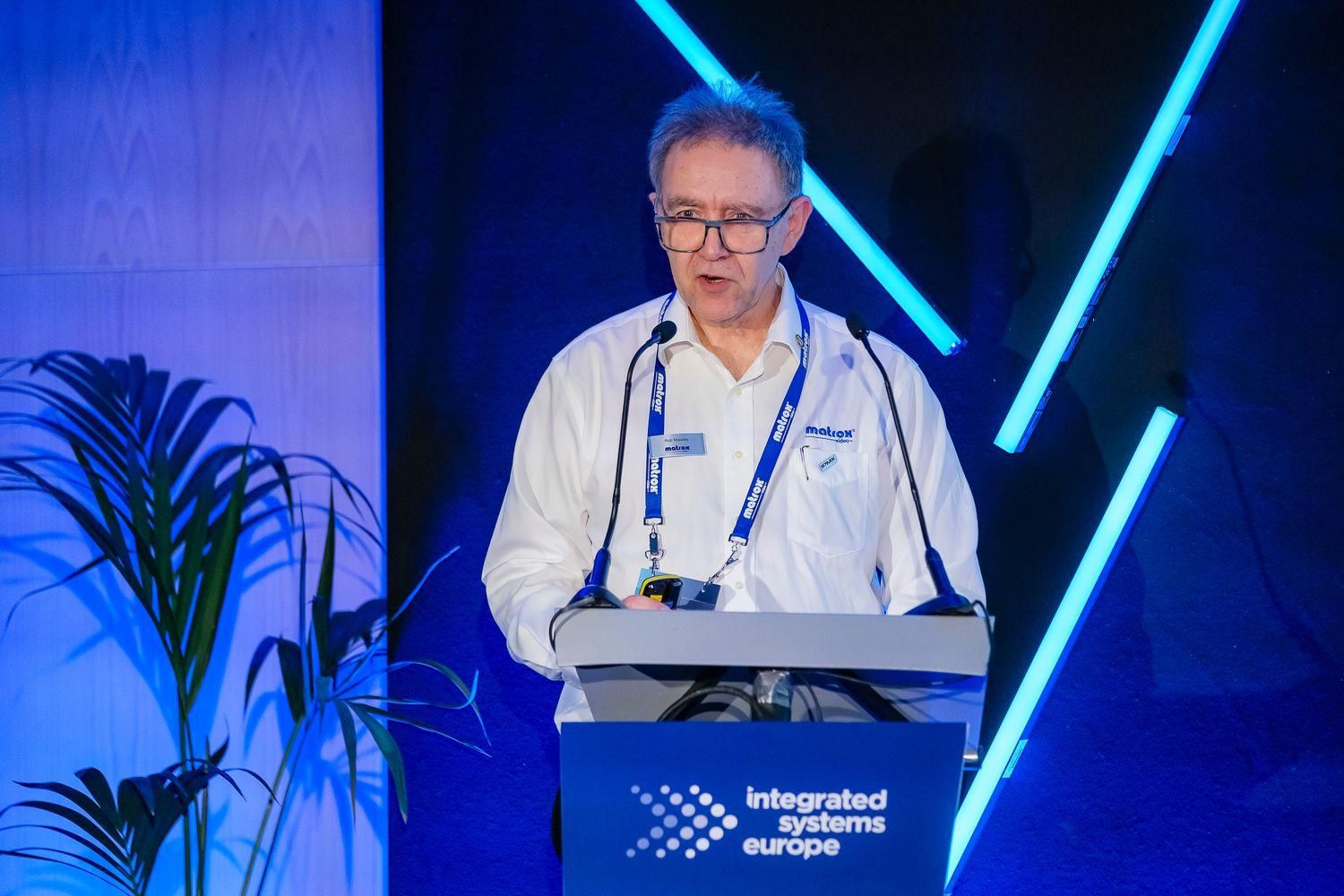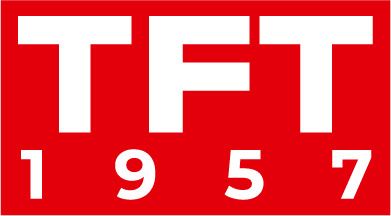IPMX and NDI: Pathways to standards-based AVoIP interoperability

The historic fragmentary nature of standards has arguably held back the AV market from fulfilling its potential but this is changing as industry increasingly embraces standards-based approaches for AV over IP.
IPMX and NDI have emerged from the once separate world of broadcast to play a key role in the convergence of live production and presentation systems within the two industries. Both essentially take the best of both broadcast and AV and enable interoperability outside of a single vendor ecosystem.
IPMX
IPMX (Internet Protocol Media Experience) is a set of open standard-based protocols designed to ensure interoperability for video-over-IP systems in the media, entertainment, and pro AV industries. It is based on the SMPTE standard ST 2110, which has been successful in unifying the once heavily proprietary broadcast equipment sector.
Both ST 2110 and IPMX are guided by the non-profit industry consortium Alliance for IP Media Solutions (AIMS). Its goal with IPMX is to move the professional video communications industry from siloed hardware-based systems to a more cost-efficient and future-proofed internet-based environment.
 “Pro AV recognises the value of connecting products and systems and that standards are the best way of achieving this,” says Rob Moodey, a consultant to AIMS (pictured at an ISE 2024 session where he announced the 'coming of age' of the IPMX standard). “At the top end, broadcasters want to move uncompressed best-quality media in real time, and at the other extreme, certain AV applications want the cheapest possible highly compressed network. In the middle we have convergence where the growth of AV broadcast is happening.”
“Pro AV recognises the value of connecting products and systems and that standards are the best way of achieving this,” says Rob Moodey, a consultant to AIMS (pictured at an ISE 2024 session where he announced the 'coming of age' of the IPMX standard). “At the top end, broadcasters want to move uncompressed best-quality media in real time, and at the other extreme, certain AV applications want the cheapest possible highly compressed network. In the middle we have convergence where the growth of AV broadcast is happening.”
At ISE 2024, the Video Services Forum (VSF) validated the core IPMX specifications in a test involving multiple manufacturers and heralded the result as a significant milestone, adding that IPMX has now achieved a crucial phase of maturity.
“What we're seeing is that products are moving from the whisper suite to technology demonstrations to shipping and at each show there’s more and more,” adds Moodey.
NDI
NDI (Network Device Interface) was first developed in 2015 by NewTek, which made it publicly available, and since 2019 has been under the stewardship of Vizrt. The standout difference between NDI and IPMX is that NDI uses a compression scheme designed to maximise efficiency over a 1Gbps network while IPMX can carry multiple streams and uses 10Gbps and 25Gbps networks to carry higher bitrates.
“It’s not a question of which is better or worse, it’s a question of requirements,” says Moodey. “IPMX was designed to carry all sorts of different compression ratios right up to uncompressed. NDI was designed to get your content into a workstation where you could bring a cluster of production applications to bear on it.”
NDI and IPMX are not mutually exclusive and can both be present on the same network without interfering with each other. In fact, several vendors have announced gateways between IPMX and NDI. That’s because they're not designed to do the same thing.
“NDI is an input that is carried over IPMX,” Moodey clarifies. “Put another way, if IPMX is the conduit, NDI would be the source.”
AIMS is currently developing sets of Profiles for IPMX so that buyers will know which items of kit work with each other. Moodey explains, “Everyone starts out saying interoperability means everything will work with everything, but of course that isn't the case. If something was designed to only work on a 1G device and with a certain sort of compression it’s just not going to work with an uncompressed 25G system, so you need to label which product works with another.”
The industry trend towards convergence means removing unnecessary legacy barriers not only between IT and video production, but also between broadcast and the pro AV market. At ISE 2025, look for standards-based video-over-IP approaches to evolve and meet the needs of a diverse and interconnected world.
Stay informed!
ISE is the world-renowned annual tech show for the AV and systems integration industry, taking place in Barcelona, 4-7 February 2025. It will spotlight the latest AV broadcast solutions from leading manufacturers.
To discover the latest solutions and innovations from the AV broadcast suppliers exhibiting at ISE, as well as the hottest industry trends, sign up now for updates.
Don't miss out – join our community today and stay at the forefront of AV broadcast technology.

)
)
)
)
)
)
)
)
)

)
)
)
)
)
)
)
)
)
)
)
)
)
)
)
)
)
)
)
)
)
)
)
)
)
)
)
)
)
)
)
)
)
)
.png/fit-in/500x500/filters:no_upscale())
)
)
)
)
)
)

)
)
)
)
)
)
)
)
)
)
)
)
)
)
)
)
)
)